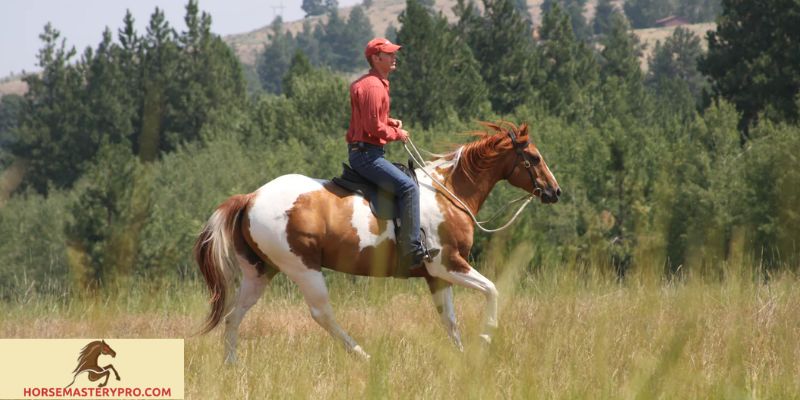Unveiling the Secrets of Horse Behavior: Explore the Definition, Reasons, and Impact of Head Tossing on Horses and Riders. Get Insights Now!
Have you ever wondered what goes on in the mind of a horse? Horses are magnificent creatures with their own language of communication. One intriguing behavior that often captures our attention is head tossing. In this article, we will delve into the world of horse behavior and explore the meaning and significance of head tossing in horses. By understanding this behavior, we can develop a deeper connection with our equine companions and enhance our horsemanship skills.
Understanding Horse Behavior
Before we can comprehend head tossing, it is crucial to grasp the fundamentals of horse behavior. Horses communicate through a complex system of body language, gestures, and vocalizations. From subtle movements of their ears to the flick of their tails, horses express their emotions and intentions. By observing and interpreting these signals, we can better understand their needs and desires.
Decoding Head Tossing
Head tossing refers to the abrupt and forceful upward movement of a horse’s head. It can occur during various activities, such as riding, grooming, or even while being led. This behavior often perplexes horse owners, as it can range from a mild annoyance to a dangerous habit. So, what does head tossing signify?
The Significance of Head Tossing
Head tossing can be a manifestation of underlying issues that affect both the horse and the rider. It may be a result of discomfort, pain, anxiety, or even a response to poor training techniques. It is crucial to recognize that head tossing is a form of communication, and the horse is trying to convey something to us. By addressing the root cause of head tossing, we can improve the overall well-being of our equine partners and forge a stronger bond.
Importance of Understanding Horse Behavior and Head Tossing
Understanding horse behavior, including head tossing, is essential for several reasons. Firstly, it allows us to spot any potential physical or behavioral issues that may be causing the behavior. By identifying and addressing these concerns promptly, we can prevent further complications and ensure the horse’s comfort and safety. Secondly, comprehending horse behavior enhances our ability to communicate effectively with our horses, leading to better training outcomes and a more enjoyable riding experience.
In the upcoming sections, we will explore the possible causes of head tossing in horses, techniques to address and minimize this behavior, and the significance of professional guidance when needed. So, let’s embark on this journey of unraveling the mysteries behind horse behavior and head tossing, and unlock the secrets to a harmonious partnership with our equine friends.
Understanding Horse Behavior
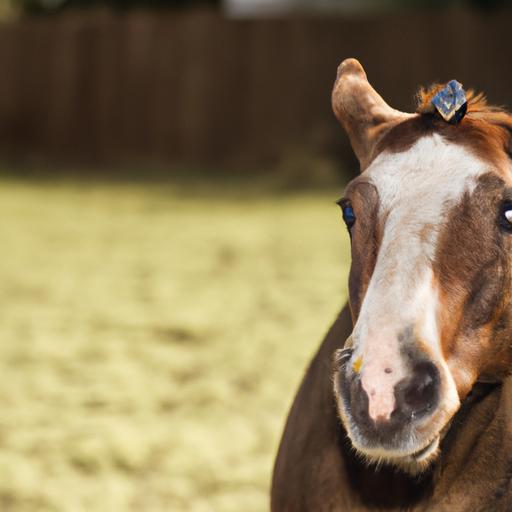
Overview of Horse Communication and Body Language
Horses have a unique way of communicating with each other and with us. Their communication is primarily non-verbal, relying on body language and subtle cues. By paying attention to their posture, facial expressions, and movements, we can decipher their feelings and intentions. For example, a relaxed and forward-leaning posture indicates a content and confident horse, while flattened ears and bared teeth may signal aggression or discomfort.
Factors Influencing Horse Behavior
Like humans, horses’ behavior is influenced by various factors, including genetics and environment. Genetic predispositions can impact a horse’s temperament and predispose them to certain behaviors. Additionally, their environment, including their living conditions, social interactions, and past experiences, plays a vital role in shaping their behavior. Understanding these influences can help us provide appropriate care and training tailored to each horse’s individual needs.
Common Behaviors Exhibited by Horses
Horses exhibit a wide range of behaviors, each with its own meaning and purpose. Some common behaviors include:
- Grazing: Horses are natural grazers, spending a significant portion of their day foraging for food. Grazing behavior is essential for their digestive health and overall well-being.
- Social Interaction: Horses are social animals and form intricate hierarchies within their herd. Behaviors such as grooming, playing, and mutual grooming help establish and maintain social bonds.
- Flight Response: Due to their prey animal instincts, horses have a strong flight response when they perceive a threat. They may exhibit behaviors such as snorting, running, or bolting to ensure their safety.
- Licking and Chewing: When horses engage in licking and chewing, it is often a sign of relaxation and contentment. This behavior indicates that they are processing information and experiencing a sense of calm.
By familiarizing ourselves with these common behaviors, we can better understand the natural tendencies of horses and respond accordingly. This understanding lays the foundation for effective communication and training methods that foster a harmonious partnership with our equine companions.
In the next section, we will delve deeper into the phenomenon of head tossing in horses, exploring its definition, possible causes, and its impact on both the horse and the rider. Stay tuned as we uncover the secrets behind this intriguing behavior and work towards resolving it.
Causes of Head Tossing in Horses
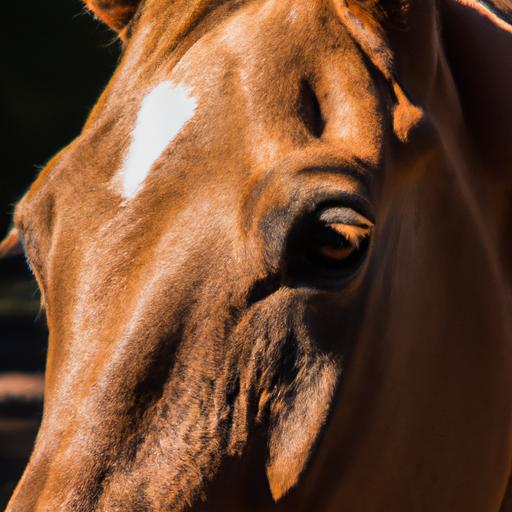
Head tossing in horses can stem from various causes, ranging from physical discomfort to training or handling issues. Understanding these underlying factors is crucial in addressing and minimizing this behavior. Let’s explore some common causes of head tossing:
A. Physical Issues such as Dental Problems or Ill-Fitting Tack
Physical discomfort can be a significant trigger for head tossing in horses. Dental problems, such as sharp or uneven teeth, can cause pain while the horse carries a bit in its mouth, leading to head tossing as a way to alleviate the discomfort. Similarly, ill-fitting tack, such as a poorly adjusted bridle or an uncomfortable saddle, can create pressure points that cause the horse to toss its head in an attempt to find relief. Regular dental check-ups and ensuring properly fitting equipment play a crucial role in preventing head tossing related to physical issues.
B. Behavioral Issues like Discomfort or Anxiety
Horses may exhibit head tossing as a response to behavioral issues, including discomfort or anxiety. Discomfort could arise from an improper riding position, unbalanced rider weight, or an uncomfortable environment. Anxiety, whether due to unfamiliar surroundings, previous negative experiences, or fear, can also contribute to head tossing behavior. Identifying and addressing these underlying behavioral concerns through proper training techniques, desensitization exercises, and creating a calm and secure environment can help alleviate head tossing caused by these issues.
C. Training or Handling Problems Leading to Head Tossing
In some cases, head tossing may be a result of training or handling problems. Inadequate or harsh training methods, inconsistent cues, or rider errors can confuse or frustrate the horse, leading to head tossing as a form of resistance or frustration. It is essential to evaluate our own training techniques and seek professional guidance if needed to ensure we are providing clear and consistent cues to our horses. Building trust and a positive relationship through patient and effective training methods can help minimize head tossing resulting from training or handling issues.
By understanding the causes behind head tossing, we can take appropriate measures to address and resolve this behavior. In the following section, we will explore various techniques to mitigate and minimize head tossing in horses, promoting a harmonious partnership between horse and rider.
Techniques to Address and Minimize Head Tossing
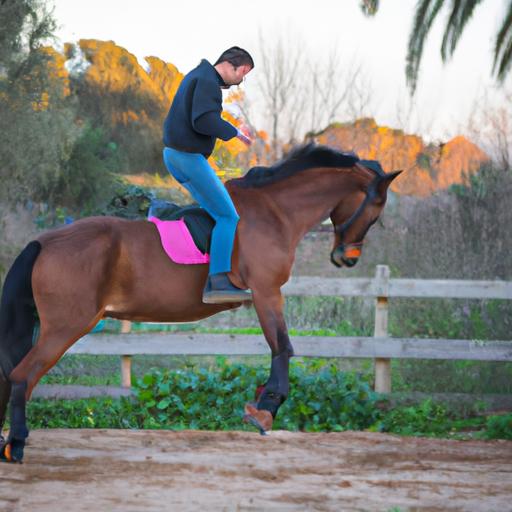
Head tossing in horses can be a challenging behavior to manage, but with the right techniques and approach, it is possible to address and minimize this issue. By focusing on proper horse care, identifying and addressing potential physical issues, implementing specific training exercises, and correcting rider errors, we can work towards reducing head tossing and promoting a more harmonious partnership with our equine companions.
Importance of Proper Horse Care and Regular Veterinary Check-ups
Taking care of your horse’s overall well-being is paramount when it comes to addressing head tossing. Providing a balanced diet, ensuring proper hoof care, and maintaining a clean and comfortable living environment are essential. Regular veterinary check-ups are crucial as they can help identify any underlying health issues that may be contributing to head tossing. By addressing these concerns promptly, we can alleviate discomfort and potentially resolve the behavior.
Identifying and Addressing Physical Issues That May Cause Head Tossing
Physical problems such as dental issues, ill-fitting tack, or discomfort in the horse’s body can lead to head tossing. It is important to work closely with a qualified equine professional, such as a veterinarian or an experienced trainer, to assess the horse’s physical condition. They can help identify and address any potential issues, such as dental abnormalities, saddle fit problems, or muscular imbalances, that may be triggering the behavior. By resolving these physical issues, we can alleviate any discomfort and reduce the likelihood of head tossing.
Training Exercises and Techniques to Reduce Head Tossing
Implementing specific training exercises and techniques can greatly assist in reducing head tossing. Groundwork exercises, such as teaching the horse to yield to pressure, focus on relaxation, and improve overall responsiveness, can positively impact their behavior under saddle. Riding exercises that encourage suppleness, balance, and engagement, such as lateral work and transitions, can also be beneficial. Gradually introducing these exercises and ensuring consistent and patient training can help the horse develop better body awareness and control, ultimately reducing head tossing.
Correcting Rider Errors That May Contribute to Head Tossing
Sometimes, head tossing can be a result of the rider’s unintentional actions or incorrect aids. It is important for riders to assess their own technique and ensure proper alignment, balance, and softness in their riding. Working with an experienced instructor or trainer can help identify any rider errors that may be contributing to head tossing and provide guidance on how to correct them. By improving the rider’s position and aids, we can create a more harmonious connection with the horse and minimize head tossing.
By incorporating these techniques into your horsemanship journey, you can address and minimize head tossing in horses. Remember, patience, consistency, and seeking professional guidance when needed are key components to effectively managing this behavior. Together, we can create a balanced and enjoyable partnership with our equine friends.
Conclusion
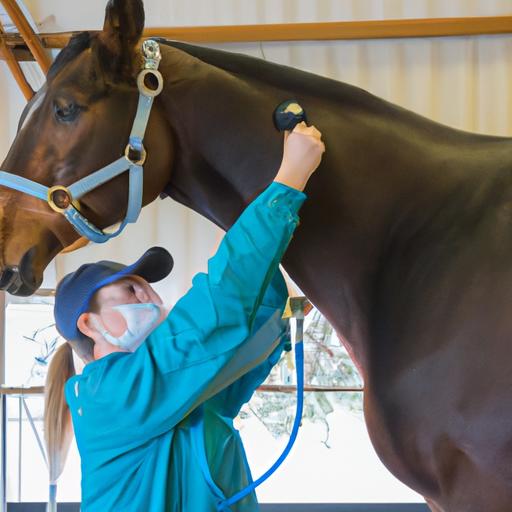
In conclusion, understanding horse behavior and the enigmatic phenomenon of head tossing is essential for any horse enthusiast or rider. By delving into the intricacies of equine communication, we can decipher the meaning behind head tossing and establish a stronger bond with our horses.
Throughout this article, we have explored the definition of head tossing in horses and the possible reasons behind this behavior. From physical discomfort to behavioral issues, head tossing can serve as a distress signal or a reaction to external factors. Recognizing and addressing these underlying causes is crucial for the well-being of both the horse and the rider.
The impact of head tossing extends beyond the horse alone. It can create a challenging experience for riders, affecting their balance, confidence, and overall enjoyment of riding. By understanding the implications of head tossing, we can work towards minimizing its occurrence and creating a harmonious partnership between horse and rider.
To address head tossing effectively, it is important to seek professional help when needed. A qualified veterinarian, equine behaviorist, or experienced trainer can provide valuable insights and guidance. By combining their expertise with our understanding of horse behavior, we can develop tailored strategies to address the root causes of head tossing and promote a healthier relationship with our equine companions.
At Horsemasterypro.com, we are dedicated to providing valuable resources and expert guidance on horse behavior and training techniques. Remember, every horse is unique, and patience, empathy, and a willingness to learn are key to unlocking the secrets of horse behavior. Together, let’s embark on this journey of understanding and nurturing our horses, ensuring a lifetime of trust, respect, and mutual understanding.

